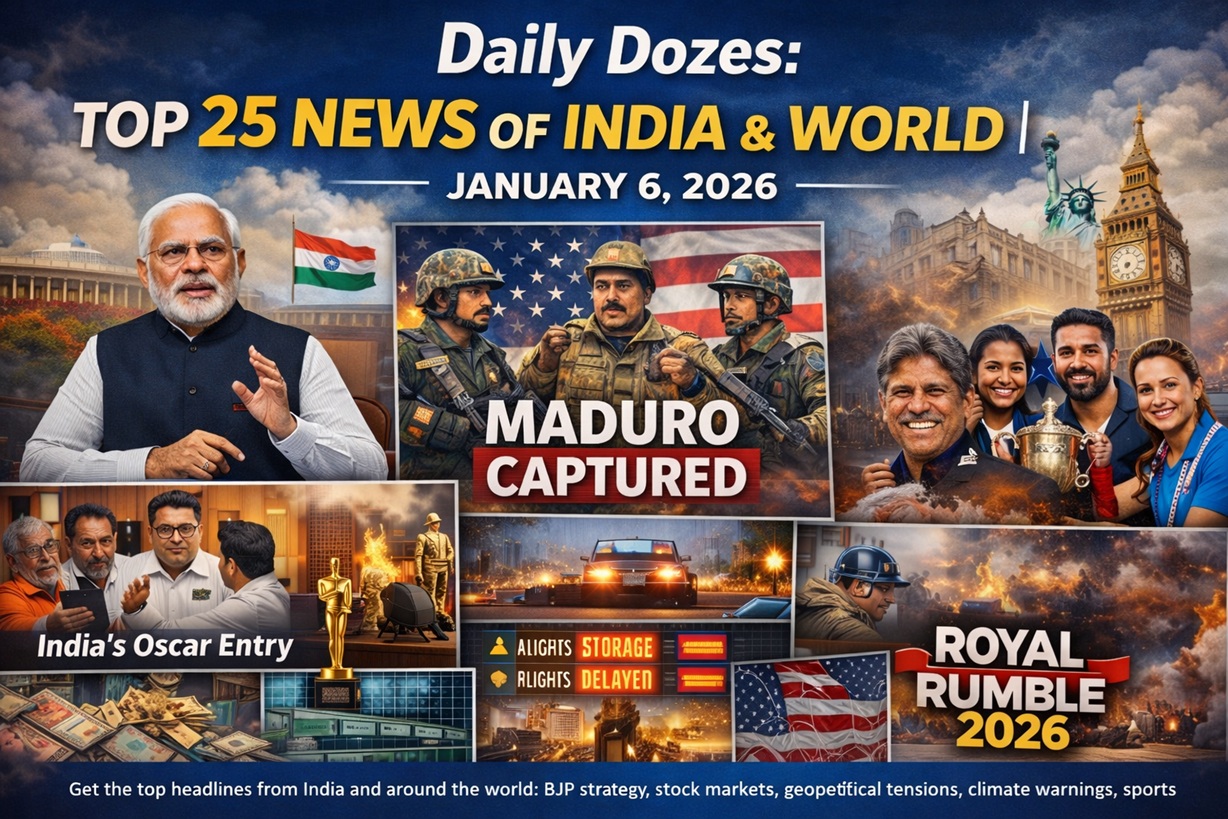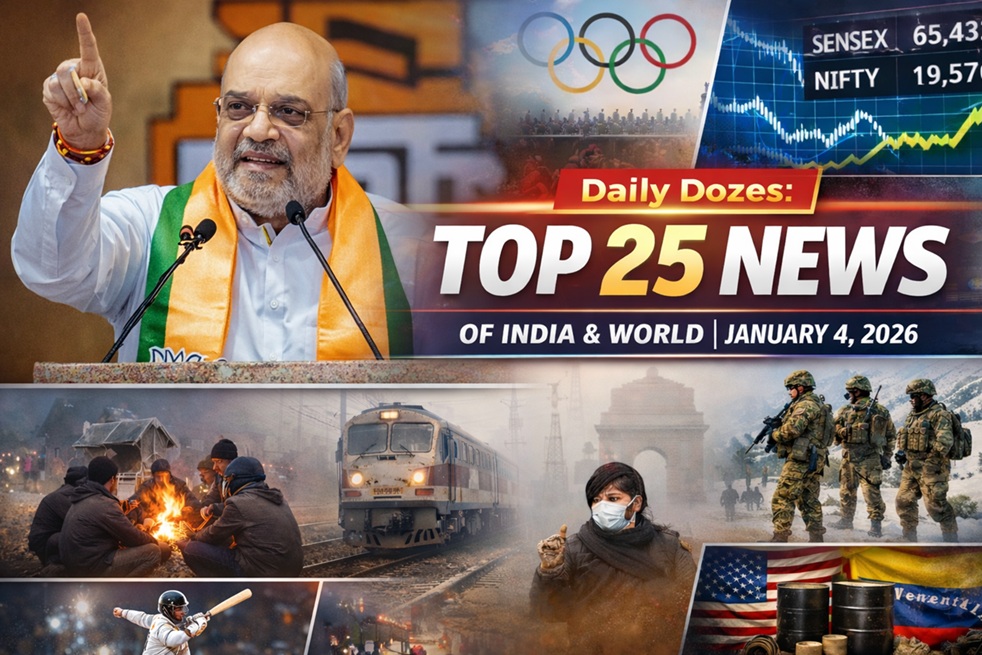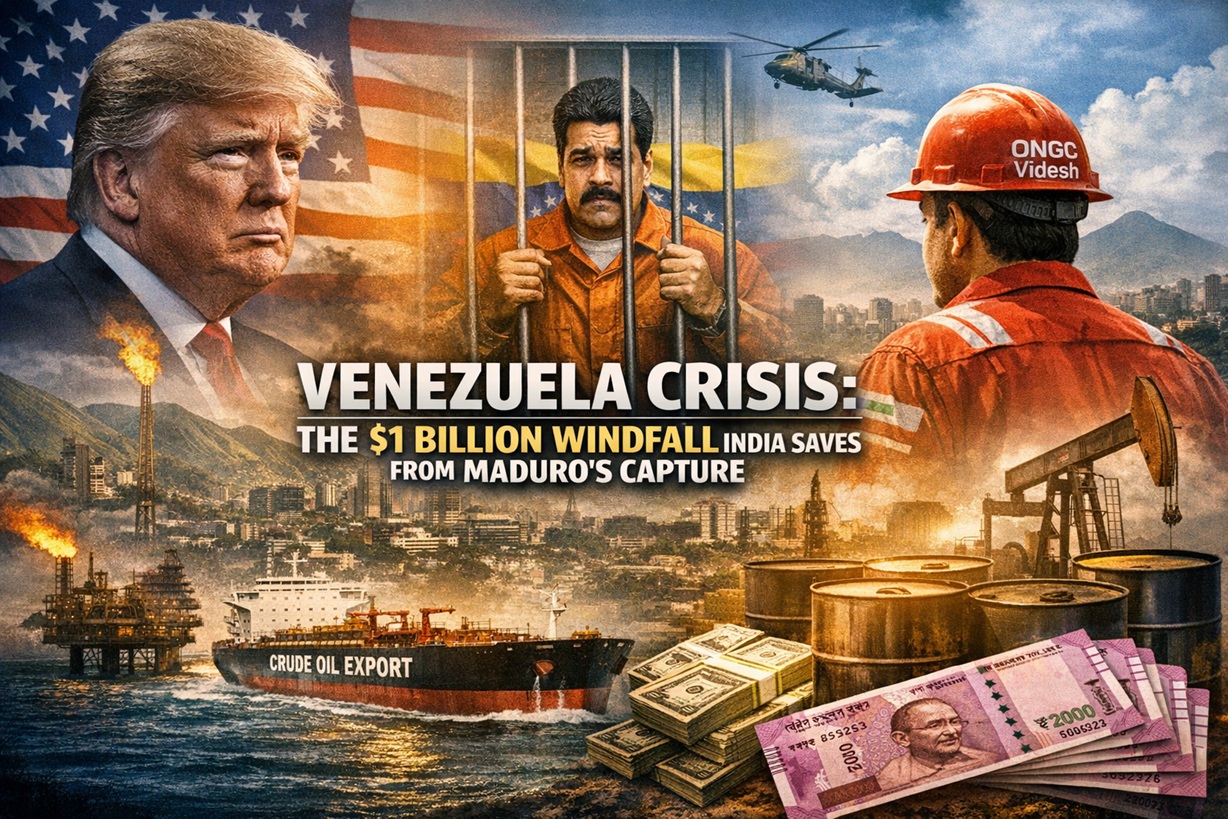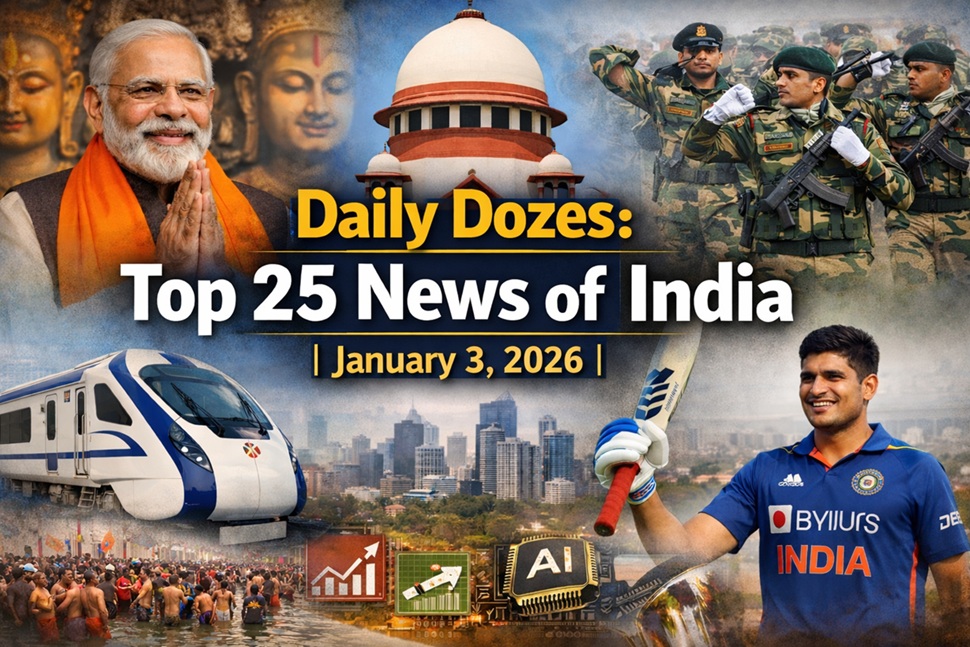In a dramatic twist to the escalating trade tensions, former U.S. President Donald Trump’s decision to halt trade talks and slap a 50% tariff on Indian goods has begun to unravel — not for India, but for Trump himself.
After days of hardline rhetoric, the U.S. State Department suddenly shifted tone, describing India as a “strategic partner” and promising to maintain “open and candid” dialogue. This unexpected softening reveals a growing realization in Washington: Trump’s tariff gamble may have triggered a geopolitical pushback that America was unprepared for.
Trump’s Target: India’s Russian Oil Trade
Trump’s fresh sanctions came with a political twist — punishing India for continuing to import oil from Russia. By doubling the tariff from 25% to an unprecedented 50%, he aimed to send a message that the U.S. remains the world’s dominant power.
But today’s India is no longer a passive player. Under Prime Minister Narendra Modi, New Delhi has mastered the art of strategic balancing — countering pressure with subtle but decisive moves on the global stage.
Modi’s Counteroffensive: Diplomacy in Overdrive
Rather than buckle under Trump’s pressure, India expanded its diplomatic outreach:
Ajit Doval, India’s National Security Adviser, flew to Moscow for talks with Russian President Vladimir Putin.
External Affairs Minister S. Jaishankar prepared for back-to-back visits to Russia and China.
Modi held a one-hour phone call with Brazilian President Lula da Silva, discussing ways to unite the Global South against economic coercion.
Preparations intensified for Modi’s visit to China for the Shanghai Cooperation Organisation (SCO) Summit in Tianjin from August 31 to September 1.
The message was clear: India was building a multipolar alliance — and Trump’s tariff war had only accelerated this process.
Global Reactions: From Threats to Welcomes
Within hours of Modi’s outreach, China’s Global Times welcomed him to the SCO Summit, calling for joint efforts to “create a multipolar world.” Brazil openly backed India’s leadership in rallying developing nations. Even several EU countries, wary of Trump’s trade bullying, signaled quiet support for Modi’s position.
Meanwhile, Trump’s inner circle began facing awkward questions — not from India, but from American businesses and consumers.
The Tariff Trap: U.S. Consumers Pay the Price
Here’s the inconvenient truth for Trump: India doesn’t pay the tariff — Americans do.
When a U.S. company imports Indian goods, the extra 50% tariff simply inflates prices for American buyers. For example:
A product worth ₹100 ($1.20) now costs ₹150 ($1.80) in the U.S. market.
Importers pass these costs directly to consumers, fueling price hikes across goods — from motorbikes to bananas.
Already, a U.S. congresswoman questioned Walmart executives on banana prices rising by 8–10%. If this trend continues, Trump risks a public backlash at home — especially from Democrats waiting to frame him as the architect of higher living costs.
The Broken Deal That Sparked It All
Ironically, the tariff showdown wasn’t inevitable. According to insiders, India and the U.S. had nearly finalized a trade deal:
Tariffs would have been reduced on key sectors.
India agreed to concessions on cars, motorcycles, and industrial goods — but held firm on agriculture, dairy, and fisheries.
Trump himself had publicly called it a “very good deal with India.”
But then came Operation Sindoor — a separate geopolitical flashpoint involving China and Pakistan. Amid the tensions, Trump shifted focus to trade talks with the EU, leaving the India deal hanging. When the EU, South Korea, Japan, and others conceded to his demands, Trump decided the Indian deal wasn’t “good enough” and escalated tariffs instead.
Why Trump Miscalculated
Trump’s strategy rested on the assumption that India couldn’t afford to alienate the U.S. market. But Modi’s team had prepared months in advance, strengthening ties with:
Russia (energy security)
Brazil (Global South leadership)
China (regional security dialogue)
Australia, Japan, France, Gulf nations (strategic and economic partnerships)
This web of alliances meant India could weather the U.S. tariff storm while isolating Trump diplomatically.
Multipolar World vs. American Hegemony
The clash ultimately reflects two competing worldviews:
Trump’s Vision: The U.S. as the undisputed “grandfather” of global politics, dictating terms to all.
Modi’s Vision: A multipolar world where sovereign nations decide their own strategic, defense, and economic policies without coercion.
And right now, it’s Modi’s narrative gaining traction — even in parts of Europe and Asia once firmly in Washington’s camp.
Trump on the Backfoot
For Trump, the political cost is mounting:
Domestic Pressure – U.S. consumers and companies are feeling the tariff pinch.
Global Isolation – Key allies are wary of his “deal by intimidation” approach.
Loss of Leverage – India’s growing alternatives make American pressure less effective.
In trying to strong-arm New Delhi, Trump may have accelerated the very multipolar shift he fears most.
In trying to corner India with a 50% tariff, Donald Trump has instead exposed his own vulnerabilities. Backed by strong global alliances and a clear multipolar vision, Prime Minister Modi has turned pressure into opportunity — proving that in today’s geopolitics, smart diplomacy can outplay brute force.
#india, #trump, #dailydozes, #pmmodi, #50percenttariff, #usa, #sjaishankar, #nsaajitdoval, #moscow, #trumptariffs, #indiausrelations, #modivstrump, #trumptariffsonindia, #tommypigott, #indiaustradewar, #modispeech, #tradeshowdown, #makeinindia, #indianeconomy, #tariffwars, #trumpattack, #russianoil, #tradetensions, #strategicpartners, #indiarussia, #energysecurity, #geopolitics, #ustariffs, #globaltrade,





